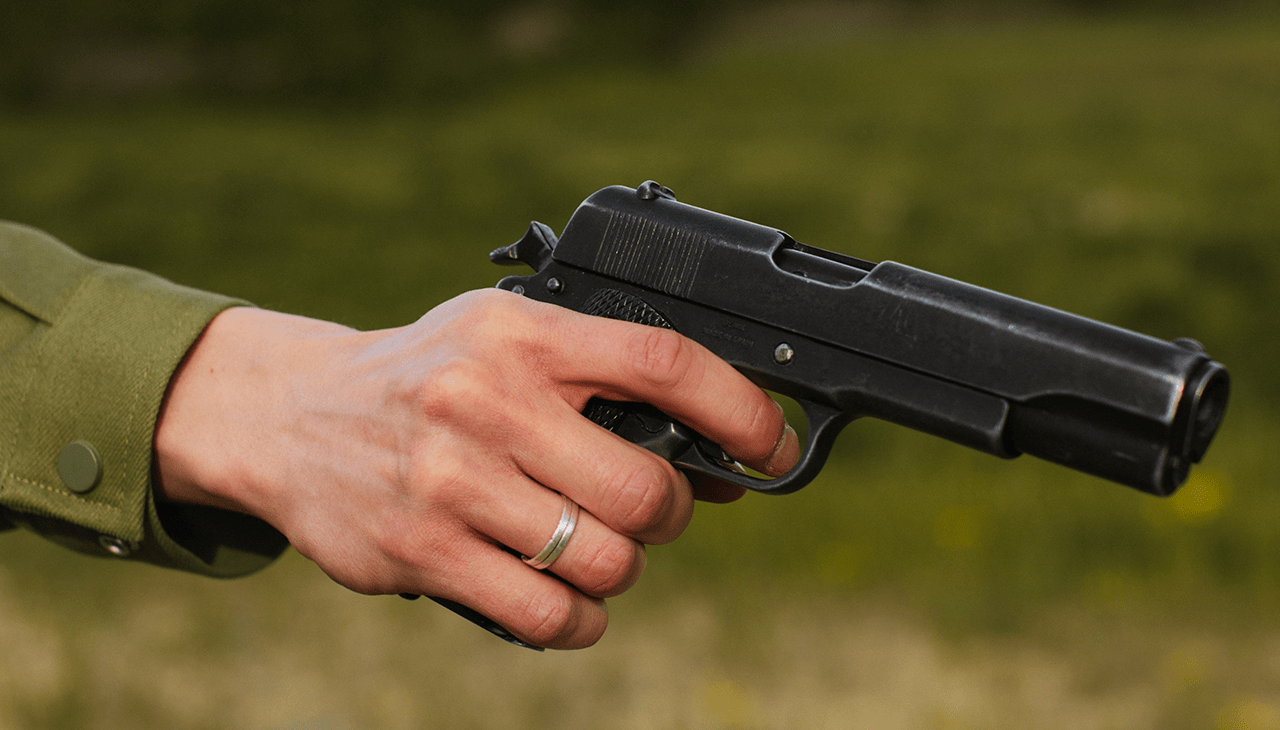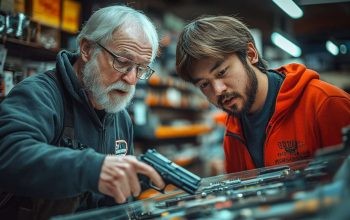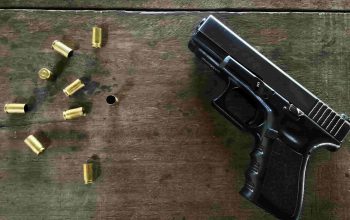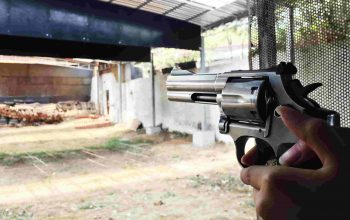From the moment John Wayne rode off into the sunset in Stagecoach, gunslingers and Hollywood’s version of the Wild West have been forever linked. The mythos around this genre is enhanced with the iconic gun smoke, which has since become a cultural symbol inspiring curiosity across generations. What is it about that slow-crossing smoke still so captivating today? Let’s explore how gun smoke has come to be embedded in popular culture – from its history in Western films all the way through to modern expressions and references relating to gun use as a part of everyday life.
The History of Gun Smoke in Western Films
Gunsmoke has been a staple in Western films since the genre’s inception. The clouds of smoke that billow from revolvers and rifles not only provide a dramatic effect but also add to the realism of the Old West era. Here’s a brief history of gun smoke in Western films:
- Silent films: In the early days of Western films, the use of gun smoke was limited to the acrid fumes that were produced from the blanks fired by actors. The gun smoke effect was achieved by lighting a small amount of gunpowder on fire when the trigger was pulled to produce visible smoke.
- Sound Films: With the advent of sound in movies, the use of gun smoke became more prevalent. Movie studios developed new techniques to create realistic gun smoke by using a combination of powdered chalk, talcum powder, and smoke oils. The special effects team would mix these ingredients to create the desired effect on the set.
- Evolution of technology: As special effects technology evolved, filmmakers began using computer-generated imagery (CGI) to create gun smoke in movies. However, some filmmakers still prefer using practical effects with actual squibs and explosive charges to create realistic gun smoke.
Despite the advancements in special effects technology, gun smoke remains an integral part of the Western genre. It not only provides a visual spectacle but also adds to the overall atmosphere of these films. From the early days of silent films to the advanced CGI of today, gun smoke continues to captivate audiences and transport them to the days of the Wild West.
How Gun Smoke is Used to Enhancing the Visuals of a Scene
Gunsmoke is often used in movies and TV shows to enhance the visuals of a scene and add to the overall atmosphere. Here are some ways that gun smoke can be used in filmmaking:
- Dramatic effect: The plumes of gun smoke that are created when a firearm is discharged can add a dramatic effect to a scene, especially during action sequences. This effect can heighten the tension and suspense of a scene and immerse the viewer in the moment.
- Realism: Properly executed gun smoke effects can add a sense of realism to a scene. The smoke can create a sense of chaos and destruction in a manner that sets the tone for the scene.
- Characterization: Gunsmoke can also be used to help establish character traits. The use of gun smoke can help suggest a character’s proficiency with firearms or their comfort levels in situations where firearms are widely used.
- Emphasis: Gunsmoke can be used to emphasize the power and lethality of guns. In the film industry, gun smoke effects are often used to accentuate the action of the shooting, displaying the force and danger of the firearm to the audience.
Gunsmoke can significantly impact the overall mood of a film or a TV show. Filmmakers will often use special effects technology to create realistic smoke to help enhance the visuals of the scenes. By using gun smoke in their productions, directors can evoke realistic and immersive environments that transport the viewers into their stories.
Analyzing the Emotional Impact of Gun Smoke on Western Films
Gunsmoke is a key component of Western films that can have a powerful emotional impact on viewers. Here are some ways in which gun smoke has been used to evoke specific emotions in Western films:
- Fear: The sound and sight of gun smoke can create a sense of fear in the viewer, especially during high-tension scenes such as showdowns between characters. The gun smoke can add to the suspense and create a heightened sense of danger.
- Sadness: Western films often depict violence and death, and the use of gun smoke can enhance the emotional impact of these scenes. The sight of gun smoke rising after a character is shot can illustrate the finality of their death and add to the sense of sadness and loss.
- Excitement: The use of gun smoke during shootouts and other action sequences can create a sense of excitement in the viewer. The billowing smoke and loud gunshots can make the viewer feel like they are part of the scene and add to the adrenaline rush of the moment.
- Nostalgia: For many viewers, gun smoke in Western films can evoke a sense of nostalgia for the romanticized Old West era. The sight of billowing smoke from a revolver can transport the viewer back in time and create a sense of longing for a simpler time.
Overall, the emotional impact of gun smoke in Western films can be significant and varied. It can create fear, sadness, excitement, and nostalgia, all while adding to the visual and atmospheric appeal of the film.



